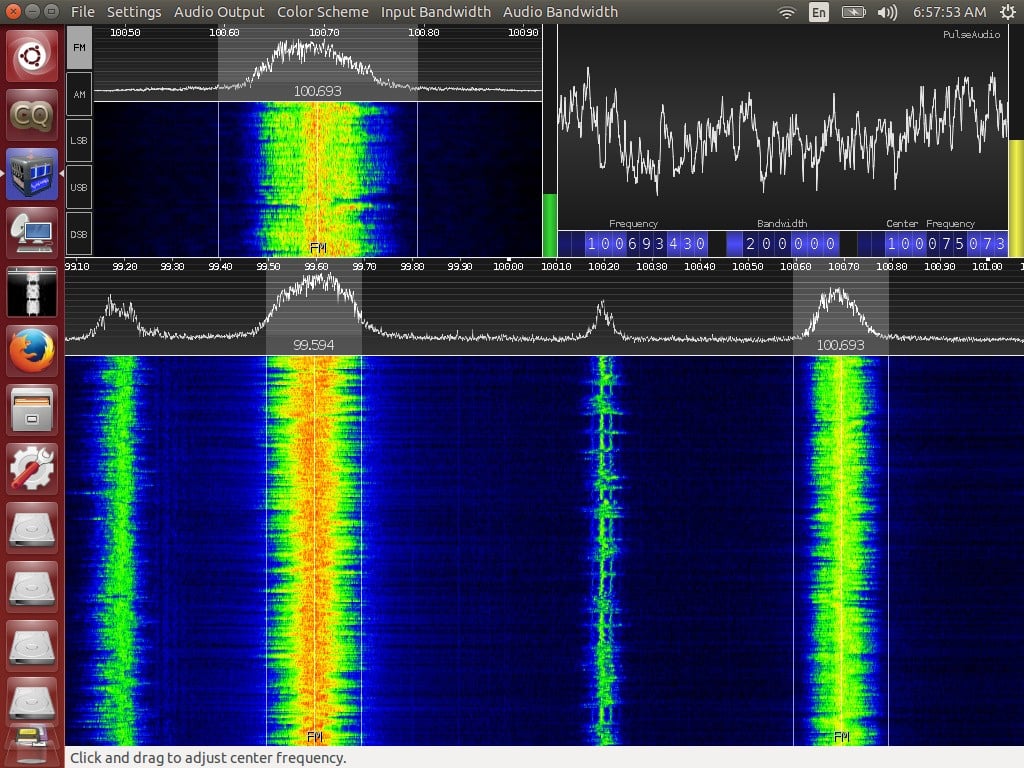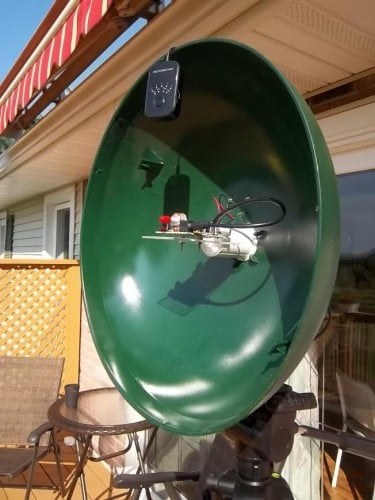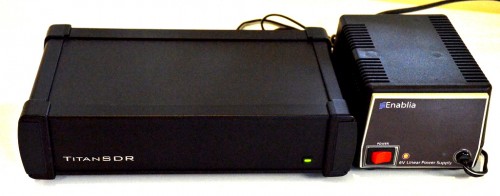Getting the RTL-SDR to work in Windows 10
The RTL-SDR is fully compatible with Windows 10. However with the recent release of Windows 10 some users have been having trouble using their RTL-SDR after upgrading. We thought that we'd announce that the simple solution to most problems is to reinstall the SDR drivers with Zadig. The latest version of Zadig can be downloaded from zadig.akeo.ie or if you use SDR# then it will already be in your SDR# folder. The process is:
- Plug in the RTL-SDR.
- Run Zadig as administrator by right clicking it and choosing run as administrator.
- Go to Options -> List all devices and make sure it is checked.
- In the drop down box choose Bulk-In, Interface (Interface 0). This may also sometimes show up as something prefixed with "RTL28328U". That choice is also valid.
- Make sure that WinUSB is selected as the target driver and click on Replace Driver.
If you need more help see the Quickstart Guide. (NOTE: If you have come across this post before the quickstart guide, be sure to use the quickstart guide as your first point of reference for installing RTL-SDR drivers and software!)
The Windows 10 upgrade process appears to replace the WinUSB drivers with the Windows DVB-T ones, so reinstalling the SDR drivers is necessary. It shouldn't be necessary, but one user also reported the need to log in to Windows with an administrator account and to uninstall the current drivers before running Zadig, so try that if you continue to have problems.
As in our previous post we can confirm that several popular SDR apps such as SDR#, HDSDR, SDR-Radio, CubicSDR and Unitrunker all work fine in Windows 10.





